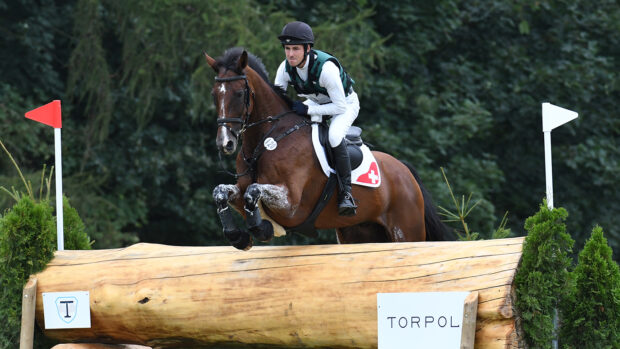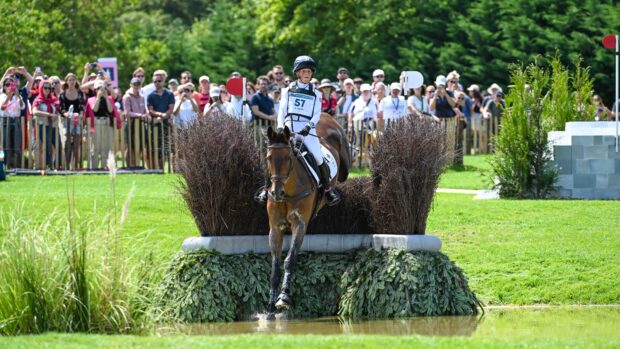Expert advice from HORSE magazine on making the most of cross-country competitions
Competing over fixed fences is great fun for horse and rider, but it does contain an element of risk. Sound preparation is the key to ensuring a positive attitude and successful completion to the day.
Taking your horse cross-country schooling, or on some sponsored rides, is a good way to start. This gives you the chance to ride over a varietyof terrain and ensure you have no problems jumping water, ditches, combinations and drops, before heading off to a competition.
The day before
Clean and check your tack and gather togther your clothing the night before, ready to load into the lorry or car in the morning. Do not load your tack and equipment the night before or it may get stolen overnight. Check you have hay, water, buckets and rugs with you, including wet weather gear for horse and rider.
If you are planning to use studs then clean and prepare the stud holes the day before to save time on the day. Plan your route to get to the event and allow extra time in case of hold ups, punctures etc.
On arrival at the competition
Go to the secretary on arrival and pay the deposit for your number. Check the running order for the classes and the declaration procedure. Find out the colour of the fence numbers for your class and check if there are any bonus fences or timed sections before setting out to walk the course.
Walk the course thoroughly so you can visualise your route and the fences in your mind. Decide how you are going to approach each fence and don’t allow difficuly fences to “grow” in your mind. Walk all the alternatives on offer in case things don’t go according to plan.
Allow time to mentally prepare yourself and remember “what’s in the brain goes down the rein” so be positive. Warm your horse up in walk trot and canter, with a couple of jumps to loosen the muscles. A sharp canter will open his lungs, then keep him walking around until you are called.
Ride away from the start with a confident attitude and keep your horse forward and straight to the first fence. If you jump the first fence well then the rest of the course is likely to be the same. Ride sensibly for a safe clear round and you and your horse are likely to enjoy the experience.
Click here to subscribe to HORSE magazine at a reduced rate.



